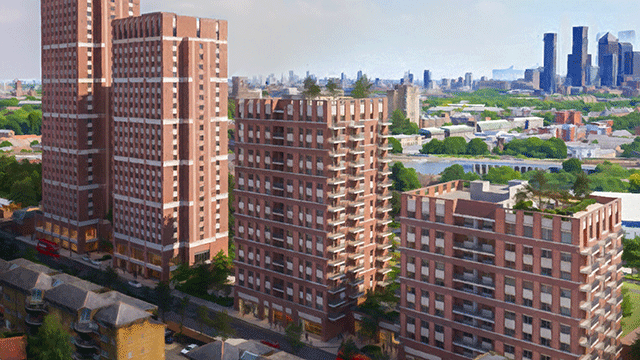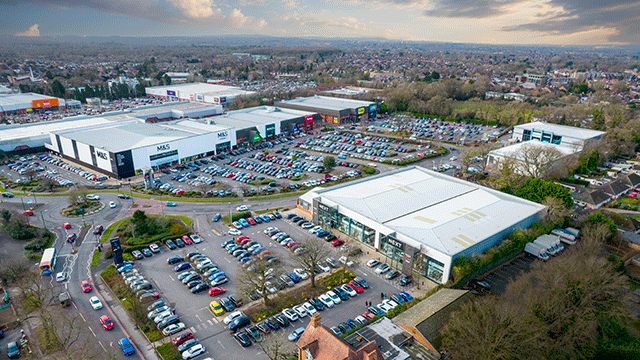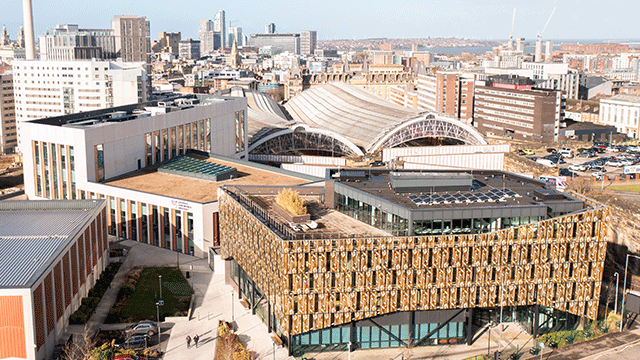Urban logistics has become commonplace when talking about industrial property. But the first time I can find it recorded online within a property context is just seven years ago in an EG interview with Segro chief operating officer Andy Guliford.
In his 2017 book The Geography of Transport Systems, Jean-Paul Rodrigue defines urban logistics as “the means over which freight distribution can take place in urban areas as well as the strategies that can improve its overall efficiency while mitigating congestion and environmental externalities”. That means locating warehouse facilities close enough to their final delivery points while avoiding as much traffic congestion as possible.
Yet as urban environments, supply chains and customer requirements have evolved the real estate needed to undertake this function has dispersed across conurbations and instead is often located on the periphery. Therefore, any industrial property situated close to the centre of urban areas, or nearby densely populated locations, will undoubtedly be in higher demand.
Within the UK it is worth examining how different markets have reacted to this structural shift in the sector. Since 2012, the supply of units of 20,000 sq ft and above in Manchester has decreased by 46% to 9.2m sq ft, which reflects a vacancy rate of 7.6%. The West Midlands tells a similar story with supply falling by 62% to just 6m sq ft, reflecting a vacancy rate of 4.7%.
But in many London submarkets, the trend has been even more pronounced with three of the four quadrants of London now having vacancy rates of sub 3%.
The levels of vacancy would seem to correlate strongly with how rents have increased over the same period.
Rent increases
Savills data shows that certain sub markets within London have seen prime quoting rents increase by as much as 94% since 2013, whereas other urban areas within Birmingham and Manchester have seen rents rise by 26% and 29% respectively in this time frame.
Croydon, which has seen the highest rental growth, also has the lowest vacancy rate of just 2%. This is also reflected in the total returns achieved for industrial property which vary across the country.
According to data from MSCI, parts of London saw record total returns in 2017. For example, Ealing, where Park Royal is partly located, saw returns of 31.6% on industrial property compared with 15.9% for Manchester and 19.1% for Birmingham.
So is urban logistics just a London phenomenon or can the term accurately be applied to other markets? If we refer back to its original definition, we can see there is a need to examine traffic congestion in more detail.
Online route planning software demonstrates that from certain industrial areas in east and west London, it is not possible to reach the other side of the city in less than an hour. In contrast, in key industrial locations in the Midlands it is possible to reach other conurbations such as Wolverhampton or Coventry in just under 60 minutes, suggesting that congestion is less of an issue outside the capital. However, with many cities currently consulting on the implementation of clean air zones will traditional locational hotspots change?
Lastly, as build costs for smaller units approach £70 per sq ft many regional markets will not expect to see significant new supply coming forward. Consequently, it would be fair to suggest that vacancy rates will continue to decrease, which, if London is anything to go by, will in turn see rents increase further with total returns following suit.
Kevin Mofid is head of industrial research at Savills











